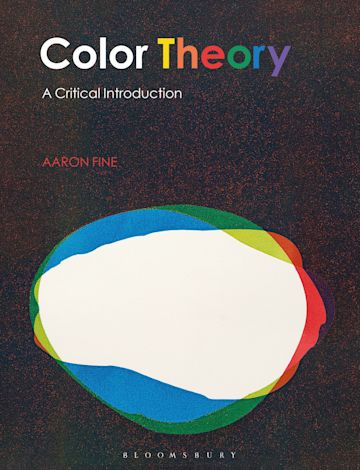Aaron Fine
Professor
Truman State University
Color theory is often presented as a purely formal matter, with no suggestion that the color we are speaking of might apply to our bodies and all that they entail in terms of race, class, and gender. Despite the availability of focused research on isolated aspects of this problem, and more inclusive chapters being added to standard color theory textbooks, our default mode is to privilege a narrative that invokes the color science of Isaac Newton. We often imply that color wheels, primaries, and secondaries are universally applicable phenomena. But the truth is that each of these is a cultural construct with at best a tenuous connection to the natural laws of physics. And when Winckelmann stated, in his discipline founding writings, that “a beautiful body will, accordingly, be the more beautiful the whiter it is” he made perfectly clear that the more (or less) white bodies he was speaking of were our own.
Drawing on content from my recently published book Color Theory: A Critical Introduction, I will discuss briefly some of the most problematic aspects of standard color theory education and suggest some of the ways we might improve our theory, practice, and pedagogy in this area. Topics include the rise of colorimetry in the mid 20th century, the embrace of spiritual notions about color, and colonialist views of certain cultures being more “colorful” than others. Grounded in scholarly research this presentation is relevant to design theory and pedagogy, but also has implications for creative practice.
This research was presented at the Design Incubation Colloquium 8.2: Annual CAA Conference on Thursday, March 3, 2022.
